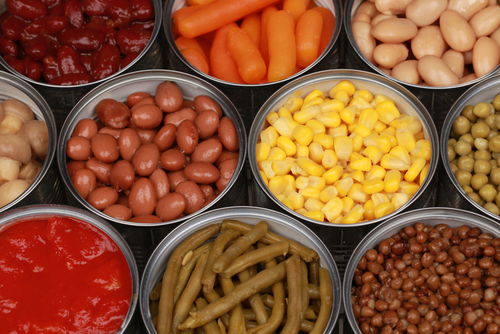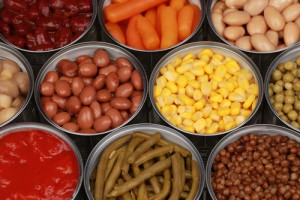Traffic is heavy on your way back home and you stop a hawker to buy Gala sausage roll and a bottle of soft drink. You are already eating before you remember to check the ‘best before’ date. To your dismay, the sausage is three days past the date printed on its pack. What does this imply? Stomach aches? Food poisoning?? Death???
Health experts have often advised consumers against eating expired foods and counselled to throw them away when they are past their expiry dates. One way to know if a particular food is beyond its shelf life is to check the food label for a stamped date, usually with the inscription: “expiry date” or “best before”.
There is a common misconception, however, that these terms mean the same thing, and that all foods must be unfit for consumption when they are past the date written on them, irrespective of the term preceding it. A list of different terms and what they mean have been provided by food health experts:
- ‘Sell by’ date. The labelling “sell by” tells the store how long to display the product for sale. You should buy the product before this date. This is basically a guide for the retailer, so that the store knows when to remove the item from its shelf. This is not mandatory; the issue is with the quality of the item (freshness, taste, and consistency) rather than whether it is on the verge of spoiling. According to Paul Van Landingham, a senior faculty member at the Centre for Food and Beverage Management of Johnson & Wales University in Providence, Rhode Island, USA, the “sell by” date is the last day the item is at its highest level of quality, but it will still be edible for some time after.
- ‘Use by’ date: After this date foods may be unsafe to eat even if they look fine, because the nutrients in the food may become unstable or a build-up of bacteria may occur. This is the last date recommended for the use of the product while at peak quality. The date has been determined by the manufacturer of the product. Common ‘use by’ foods include milk, meat, and vegetables.
- ‘Best if used by (or before)’ date: This refers strictly to quality, not safety. This date is recommended for best flavour or quality. It is not a purchase or safety date. The ‘best before’ date simply indicates that the product may lose some of its quality after this date passes. If you store these foods properly, you can still expect them to retain their colour, taste, texture and flavour. Common ‘best before’ foods include canned foods, cereals, biscuits, sauces, chocolate, sugar, flour and frozen foods.
- ‘Guaranteed fresh’ date. This usually refers to bakery items. They will still be edible after the date, but will not be at peak freshness.
To make sure food lasts until its date mark, it is important to follow storage instructions, such as ‘keep refrigerated’ and ‘store in a cool, dark place’. Sometimes, heating the food can kill bacteria. However, do not throw the food away just because it is past its ‘best before’ date. This only means that the food is no longer at its peak of freshness.



